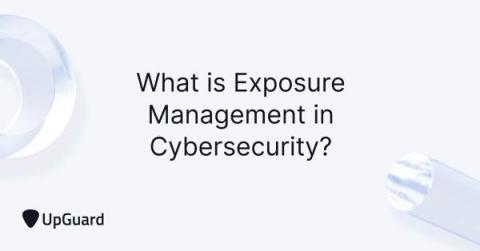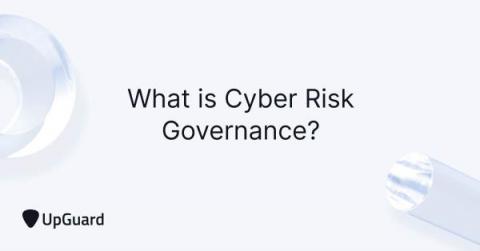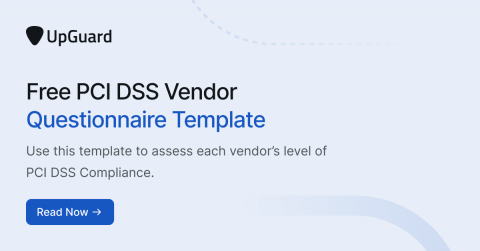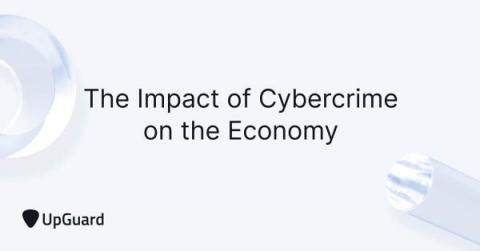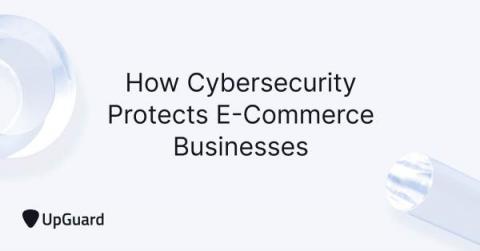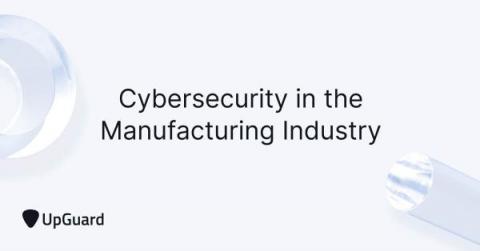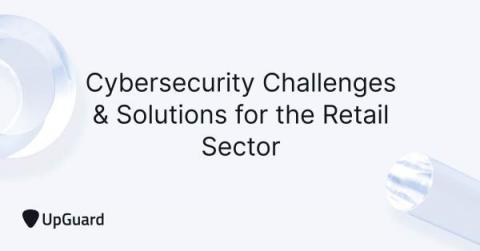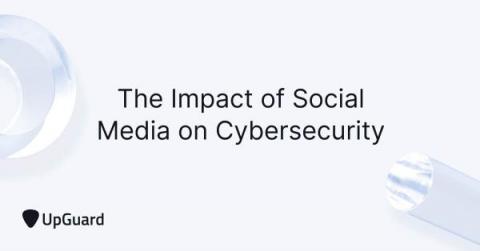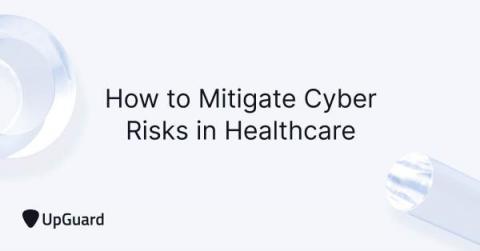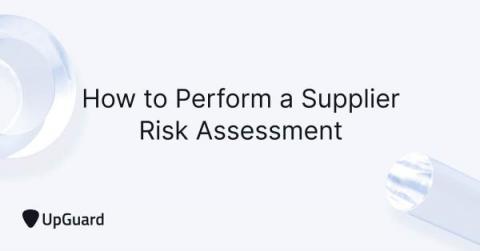What is Exposure Management in Cybersecurity?
Exposure management in cybersecurity is a set of processes that helps organizations view their entire attack surface and understand which areas in their IT infrastructure are most exposed to cyber threats. Organizations can then take the necessary steps to reduce their cyber risk exposure through risk mitigation and risk remediation steps. Exposure management goes hand in hand with attack surface management (ASM) and threat and vulnerability intelligence.


